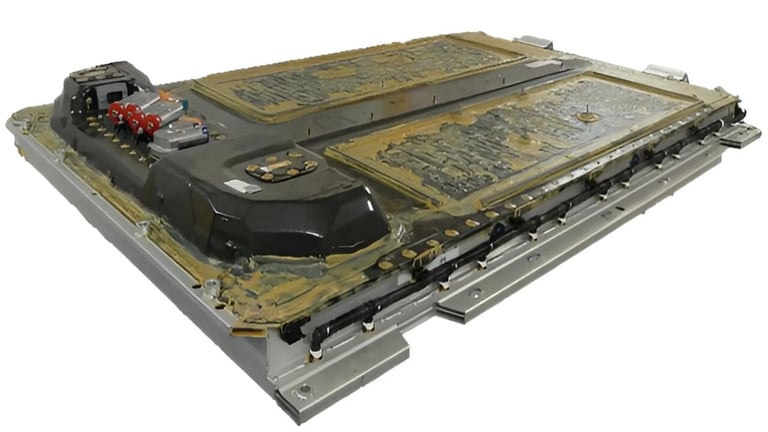Revolutionary Battery Enclosures Slash EV Emissions by 15% with Lightweight, Recyclable Materials
September 3, 2024
To improve fire safety, a bio-based flame retardant coating has been developed, preventing flames from spreading from the battery to the enclosure.
The enclosure design promotes a circular economy by allowing for the reuse and disassembly of components, thus reducing material waste and repair costs.
Researchers are integrating thermal and mechanical functions into single components, such as combining cooling channels with load-bearing structures, to streamline design and enhance performance.
The innovations from this project could have broader applications beyond electric vehicles, potentially benefiting industries such as trains, aircraft, and food transportation, thereby enhancing energy efficiency and safety across various sectors.
Innovative features also include a new flame-retardant coating made from lignin, which replaces petroleum-based materials for improved fire protection.
The COOLBat project, spearheaded by the Fraunhofer Institute for Machine Tools and Forming Technology IWU, aims to develop next-generation battery enclosures for electric vehicles, targeting a 15% reduction in carbon emissions during manufacturing.
The project represents a significant advancement towards energy-efficient electric vehicles, utilizing innovative materials and designs to enhance overall performance.
A new enclosure lid made from a fiber composite material has been introduced, reducing mass by over 60% compared to traditional steel lids while also being recyclable.
Additionally, a new base plate design incorporates aluminum foam and phase-change materials, which minimizes energy use for cooling and provides structural protection for battery cells.
Cooling channels have been integrated into the load-bearing structures, enhancing battery cooling and addressing overheating more effectively than previous designs.
This ambitious initiative involves 15 partners, including key players like Mercedes-Benz AG, focused on creating lighter and more efficient battery enclosures through innovative lightweight materials and production methods.
Project manager Rico Schmerler highlighted that lighter enclosures can improve the range of electric vehicles by reducing power consumption, a benefit demonstrated by the substantial mass reduction achieved in new designs.
Summary based on 2 sources
Get a daily email with more Electric Vehicles stories
Sources

Interesting Engineering • Sep 3, 2024
Next-gen EV battery enclosure is 60% lighter and 15% eco-friendlier
Tech Xplore • Sep 2, 2024
Developing EV battery enclosures with lower carbon emissions